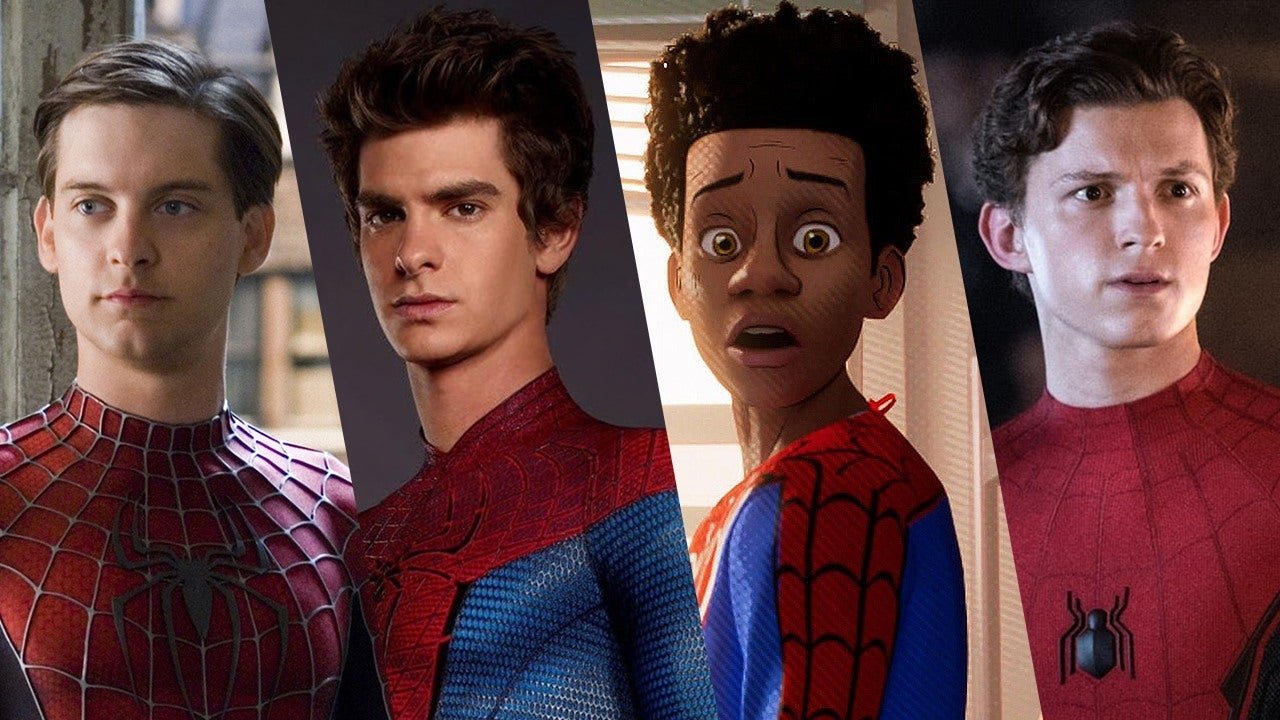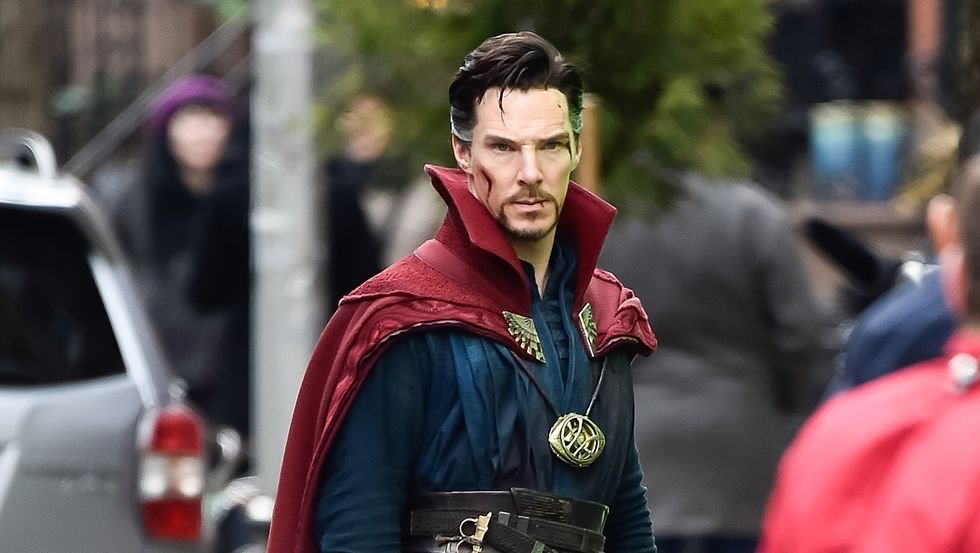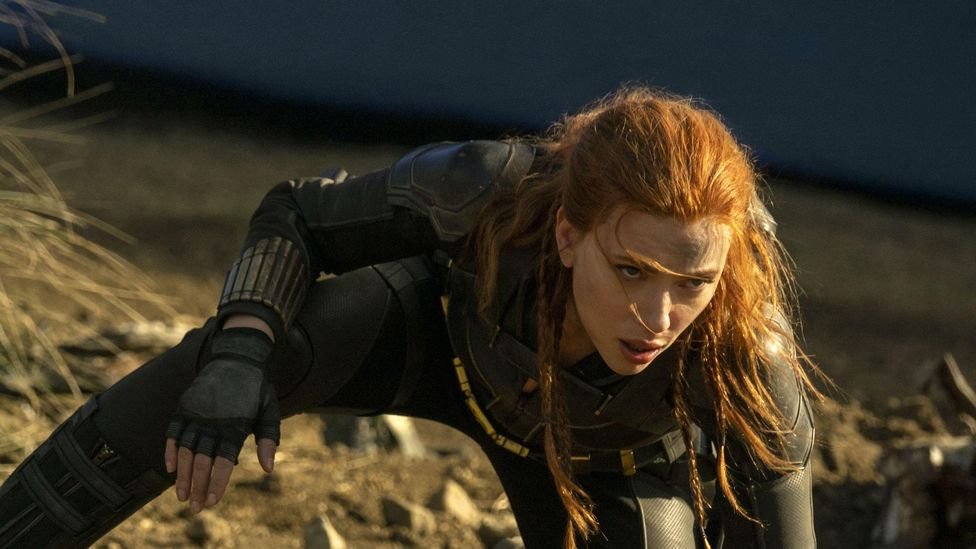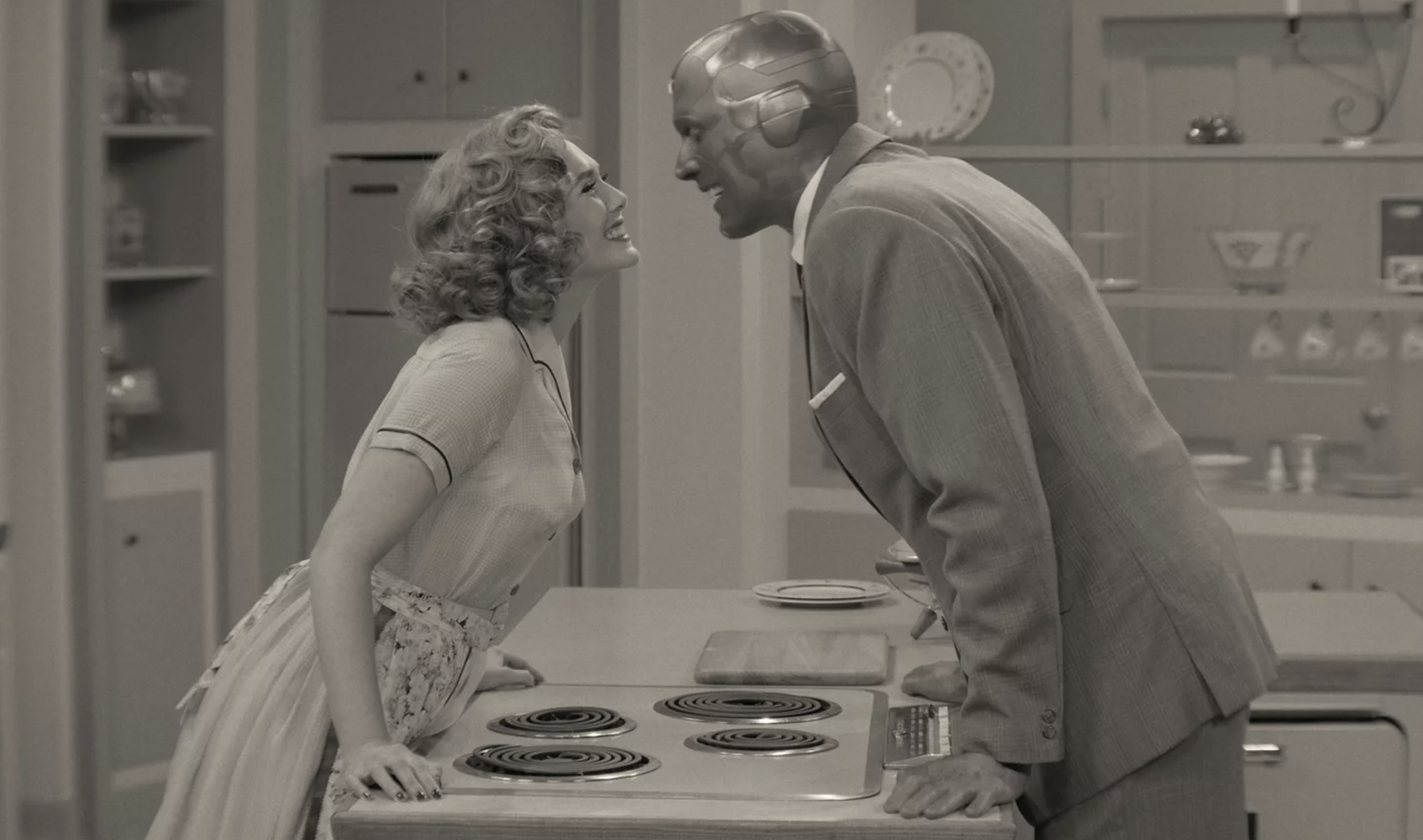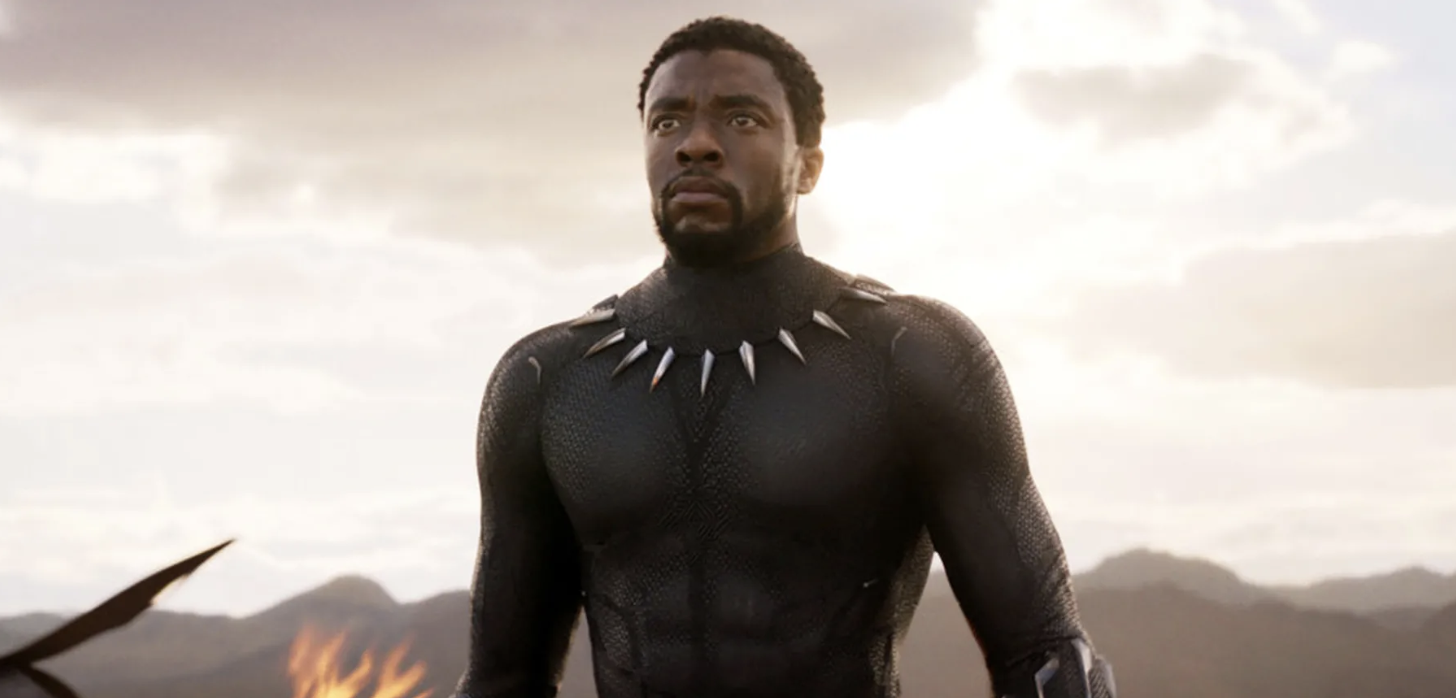The Brand Archetypes as Marvel Characters
Several months ago, I started creating guidelines for a rebrand. At the time, I brainstormed how I might personify the company I was representing. This lead to questions you yourself have probably asked: How do I want visitors to feel about this company? What should the voice of this company be?
I knew I would need to pinpoint a brand archetype to meet my goals. But instead of giving a long presentation on each of the archetypes, I wanted to review them with my team in a fun, relevant way. So, I decided to discuss these different brand personas—with a little help from Marvel.
After that exercise, I wondered if other people might find the comparison helpful. Sure, Marvel isn’t everyone’s bag, but the Marvel Cinematic Universe (or MCU) has become ubiquitous in American culture.
Most people are familiar with at least a few of the characters—whereas brand archetypes are only relevant to us marketing nerds.
So today, we’re going to discuss the 12 brand archetypes and which Marvel character represents each.
But first, a little refresh…
What are brand archetypes again?
Like the enneagram or Myers-Briggs, brand archetypes are basically personality types for businesses. When you’re creating a brand strategy, having a persona for your business can help with a number of things, like ads, brand voice, blogging, and more.
What are the 12 brand archetypes?
The Creator - Excited by inventing, imagining, and creating
The Innocent- Purity, wholesomeness, or “feeling like a kid again”
The Sage - Wisdom, guidance, and a sense of all-knowing
The Explorer - Rugged, adventurous, unafraid
The Outlaw - Risk-prone, anti-corporate, challenges the status quo
The Magician - Open to possibilities, untethered by realism
The Hero - Impressive, bold, life-changing
The Lover - Sensual, intimate, loves a guilty pleasure
The Jester - Goofy, funny, open to being weird
The Everyperson - Relatable and accessible for all
The Caregiver - Compassionate, honest, helpful
The Ruler - High-end, authoritative, classy
The brand archetypes as Marvel heroes
The Creator - Iron Man
The Innocent - Spider-Man
The Sage - Doctor Strange
The Explorer - Black Widow
The Outlaw - Star-Lord
The Magician - Shang-Chi
The Hero - Thor
The Lover - Wanda + Vision
The Jester - Deadpool
The Everyperson - Hawkeye
The Caregiver - Captain America
The Ruler - Black Panther
Iron Man as the Creator
Tony Stark could easily embody several brand archetypes, which is why a lot of brands use two or three personas to guide their voice and tone. Still, there’s usually one archetype over the others that speaks loudest and holds the most power. For Iron Man, it’s the Creator.
Image source: IMDb
In the MCU, Iron Man is a billionaire playboy who provides supers with all they need to carry out missions, repair cities, and in some cases, wreak havoc.
But time and time again, Tony Stark proves he’s a creative genius by inventing better ways of doing things. The same is true for our real-life tech brands. Companies like Apple have redefined our relationship with the world around us, which makes Apple an amazing example of the Creator archetype and how it can serve as a voice for other innovative products.
So, if you have a unique company, or one that allows people to redefine how they create, this could be the perfect brand archetype for you.
Spider-Man as the Innocent
Friendly, neighborhood Spider-Man: a perfect embodiment for the Innocent archetype. This persona is for businesses that want to brand themselves as pure and helpful, like Dove or Coca-Cola.
Image source: IGN
Now, is any corporation truly innocent? Um, probably not. But that doesn’t mean ad campaigns can’t be wholesome, and it doesn’t mean companies can’t give back in ways that also fit their branding.
Now, obviously we’ve had several Peter Parkers over the years, but each of them is a teenager who tries to do right by his friends and family. This is an ideal archetype for businesses who sell “pure” products, like organic food or eco-friendly services.
Doctor Strange as the Sage
Doctor Strange is maybe one of the, well, stranger MCU franchises we’ve had. But that doesn’t mean a brand with this archetype needs to be that way; in fact, the Sage persona is one of knowledge and wisdom.
Image source: Esquire
Brands like Google and TedX are serious brands that offer us understanding and education, and because of this, the Sage archetype is a perfect choice for both companies.
In case you haven’t seen it, Doctor Strange tells the story of a surgeon who, after being badly injured, seeks eastern mysticism. He gains knowledge of the universe and alternate dimensions, and he gains powers, too. As one of the more serious superheroes, Doctor Strange is a memorable stand-in for the Sage persona.
Black Widow as the Explorer
Black Widow had quite the arc in the Marvel movies. Originally a mysterious femme fatale spy, her character eventually became a martyr with a troubled past. We learned that during her traumatic childhood, she was developed into an international super-spy.
Image source: Alamy
The Explorer is meant to be a unique brand, one that caters to travelers, rugged individuals, possibly even loners. Because of this, Marvel’s own lone, world-traveling spy, Black Widow, is a good choice for the Explorer archetype.
Brands like Land Rover or Jeep are often associated with this brand persona, because they quite literally allow people to explore.
However, The North Face and Yeti brands are also companies that make exploration the cornerstone of their marketing, despite selling merchandise. If your company can help people on their individual journeys and rugged adventures, you might be an Explorer.
Star-Lord as the Outlaw
The Guardians of the Galaxy is a franchise about a group of beings led by a hero (or possibly antihero) called Star-Lord. He’s an outlaw because of his unorthodox methods, as well as his upbringing by thieves and smugglers.
Image source: Marvel Studios
As an outlaw, Star-Lord is unafraid, bold, and free to be himself. These are all features you’ll find in the Outlaw archetype.
Brands like old-school MTV or Harley Davidson embrace this rebellious persona, disregarding rules and safety in favor of what’s cool. If you’re selling something an impulsive teen would love, your brand might be an Outlaw.
Shang-Chi as the Magician
Shang-Chi has one of the newer MCU movie franchises; this story follows a seemingly normal man who’s actually the child of a mystical couple. Once he embraces his past, he can wield mystical powers to protect those around him.
Image source: Polygon
Like a superhero with magical powers, the Magician archetype provides a lot of freedom. You can lean into wholesome, childhood magic a la Disney, or you can embrace the “magical” nature of tech, like Polaroid.
All in all, if you’re selling anything that miraculously makes lives easier or creates a sense of awe, then the Magician archetype could be for you.
Thor as the Hero
You probably know Thor outside the MCU, since he’s the god of thunder and sky in Norse mythology. The character is largely the same in the Marvel movies, only he comes to the States regularly and fights villains in space. (You know, normal stuff.)
Image source: Deadline
Thor is meant to be heroic, impactful, and impressive—just like the Hero archetype. Brands like Nike embrace the same characteristics, showing a sense of purpose.
If your brand makes a difference, helps people fulfill their potential, or even saves lives, the Hero archetype could be a great fit.
Wanda + Vision as the Lover
Alone, Wanda oscillates between being a hero and being a villain. But when she’s paired with Vision, she’s part of something greater. Their romantic relationship makes them an ideal choice for the Lover archetype.
Image source: NPR
This archetype is difficult to pull off, since it’s about romance, guilty pleasures, and intimacy. But a brand like Dove Chocolate does it well, marketing candies as foil-wrapped bliss you can enjoy alone.
So, is the Lover persona right for you brand? It could be. If you market guilty pleasures or manufacture romance, the Lover could actually be exactly what you need.
Deadpool as the Jester
Okay, so Deadpool isn’t really part of the MCU (the Deadpool movies are technically made by another company), but he is a Marvel character. So, let’s just go with it. If you’ve never seen Deadpool, he’s a Rated R, goofy, crass, endlessly improvising antihero.
Image source: TechCrunch
In short, Deadpool is funny. In fact, he has to be funny in order to be true to his fans, because it’s one of the things people love about him. In the same way, you may also want to be known as a funny brand.
Consider satirical publications like The Onion and The Hard Times, which are quite literally selling humor. There are even physical products that use Jester branding (e.g. Old Spice), even though they’re selling everyday products.
While the Jester persona is appealing, humor is difficult to pull off, mainly because it’s so subjective. For instance, I like the Deadpool movies, but someone like my mom, who has a more respectable sense of humor, would absolutely hate them. Still, if you’re dead-set on being funny, don’t be afraid to try the Jester archetype for your brand.
Hawkeye as the Everyperson
Hawkeye doesn’t have any powers, other than being a skilled archer and spy. He has a spouse and some kids and an old farmhouse in the midwest. He’s meant to be the relatable hero everyone can get behind. In other words, he’s an Everyperson.
Image source: Los Angeles Times
Some brands have mass appeal, and they embrace it with the Everyperson archetype. Companies like Target do this well by creating ads with varying products and customers. When you see their ads, the hope is this: You’ll zero in on something you want or someone you connect with, and you’ll realize that you, too, could be having fun shopping at Target.
If your company has mass appeal, lean in! The Everyperson archetype was made for brands like yours.
Captain America as the Caregiver
In a more recent Marvel development, we bid farewell to old Captain America and welcomed a new one. But whether it’s Steve Rogers (Chris Evans) or Sam Wilson (Anthony Mackie) behind the shield, Captain America is always the same: a helpful, supportive, kind hero. And that’s what the Caregiver archetype should be, too.
Image source: Comicbook
Nonprofits and health-related organizations (like Unicef and Pampers, for instance) are often Caregiver brands, because they market support. It’s easy to understand how nonprofits lift people up, but if your company provides vulnerable people with things they need (e.g. diapers for babies), that, too, provides a “caring” service.
So, if your organization aims to serve people—even through selling a product or software—the Caregiver might be ideal for your brand.
Black Panther as the Ruler
Black Panther is the hero from the fictional African country of Wakanda, the world’s most advanced technical empire. Before Chadwick Boseman’s passing, he played T'Challa, the Black Panther/emperor-king of Wakanda.
Image source: Vox
As a king and hero, Black Panther is sleek, regal, and, for lack of a better word, cool. These are all aspects of the Ruler brand archetype. Luxury brands like Rolls Royce and Rolex embrace the idea that their products are the picture of royalty and class.
So, if you’re selling an expensive product—maybe it’s an enterprise service, luxury item, or something bespoke—the Ruler archetype could be the perfect way to market your brand.
Conclusion
If you find yourself doing a rebrand, starting a company, or simply giving a presentation on archetypes, I hope this comparison helps! The best part of brand archetypes is this: They are what you make them. So, get out there and use a persona to amplify your brand. After all, there’s really no wrong way to do it.
And if you need help creating a brand strategy or marketing your existing brand, our agency can help. You can view our services here, or feel free to reach out to us for a free consultation.



